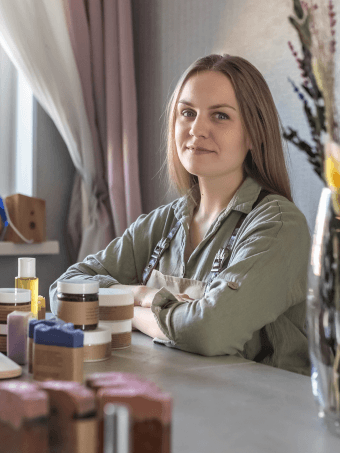Details of the dispute
The conflict began in September 2017 when Huawei Technologies filed an “application for registration of a mark” with the EU Intellectual Property Office (EUIPO) for its computer hardware. After that, in December 2017, French luxury fashion house Chanel filed a “notice of opposition” to the registration of the mark, arguing that Huawei’s logo looked too similar to its mark.
In November 2019, the European General Court in Luxembourg rejected Chanel’s application, arguing that the logos were not similar and would likely not be confused. Chanel subsequently challenged the ruling at the Luxembourg-based EU General Court. Eventually, the court dismissed the appeal, once again ruling in favour of Huawei.

Likelihood of confusion
Even if two companies are using logos that are not completely identical, the company that registered a trademark over it first can still bring a claim for infringement if it can prove the “likelihood of confusion”. In short, this means that a company can stop the potential infringer from using the logo in question if a reasonable consumer would likely be confused by the continued use of it.
A number of factors play into the likelihood of confusion, including how distinctive the name/logo is, how similar it is to the opposing trademark (in the case of a logo, whether the color, font, or style are too similar), and how similar the products or services are. If two companies have similar names, but one makes clothing and perfume, like Chanel, and the other makes tech devices, like Huawei, the likelihood of confusion is considered low.
Many famous brands are keen on using the likelihood of confusion to deter potential competitors from trying to leverage their name, but the case of Chanel and Huawei highlights the necessity of overcoming the first hurdle of tests both for the likelihood of confusion, and a reputation claim – establishing that the trademarks are similar. If the marks in question are not found to be similar, then an opponent established a significant reputation with their earlier trademark, they cannot challenge the registration of another trademark.


